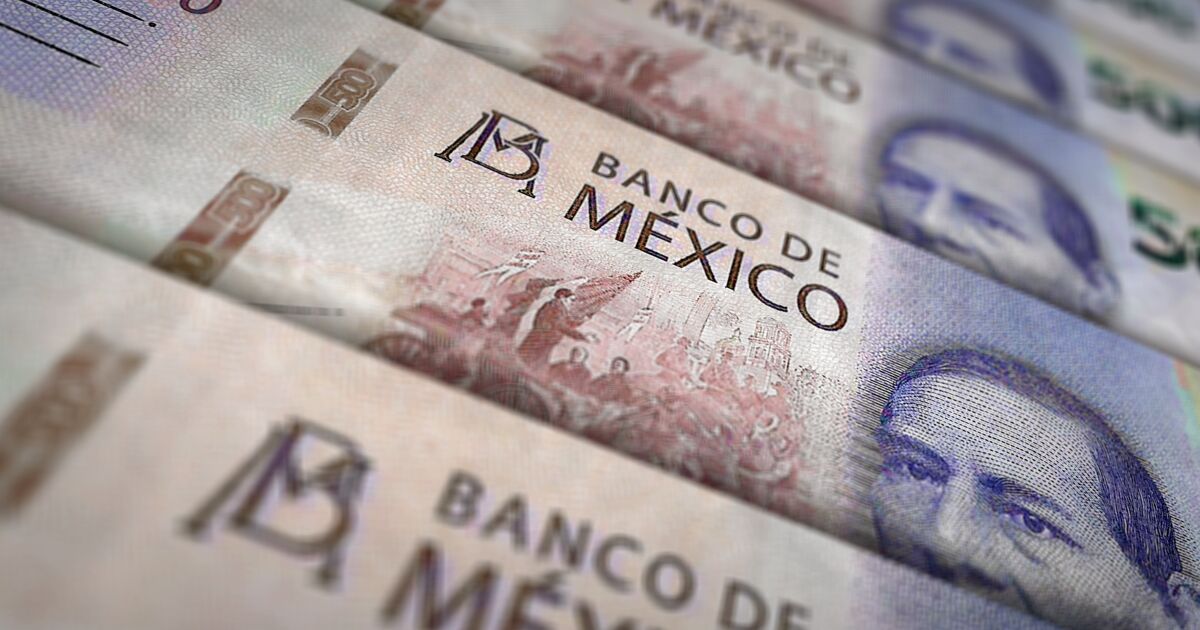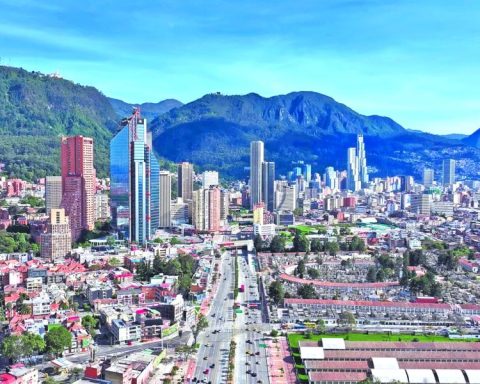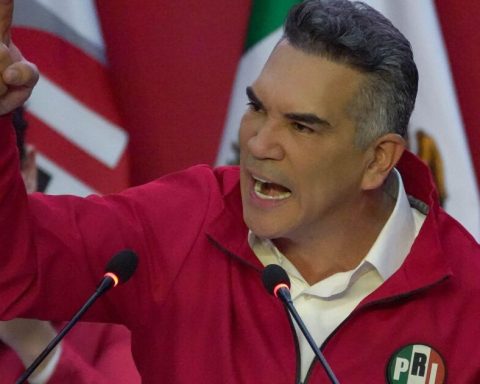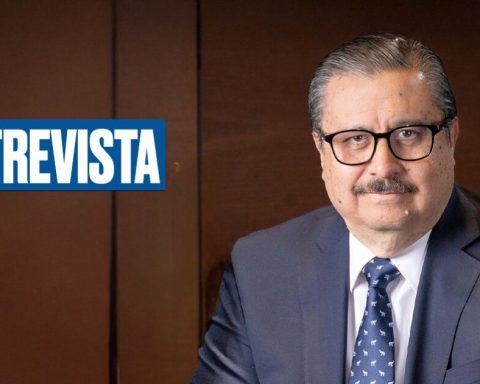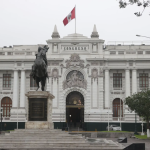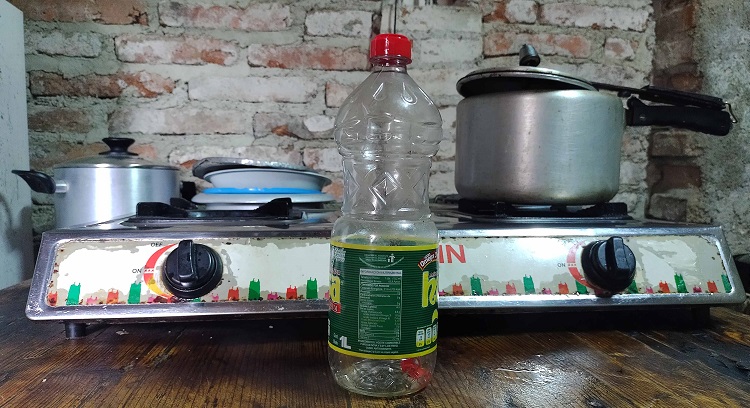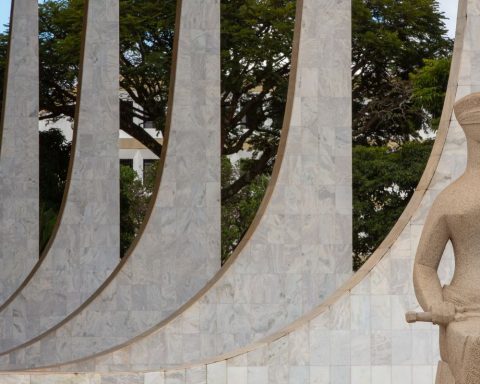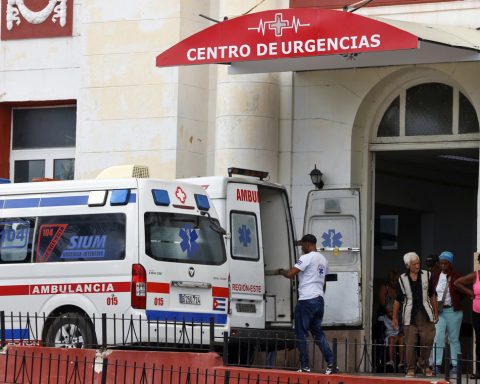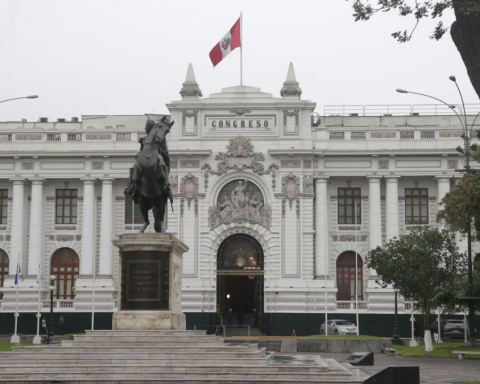“We have reached a critical juncture and risks are increasing,” said Gerónimo Mansutti, Latin America credit analyst at Tellimer, in a note to clients.
“Wollen inflation expectations, increased volatility in global markets and recent currency weakness in all LatAm-5 countries except Peru have significantly increased downside risks.”
He said meeting inflation targets has become more difficult in Chile, Colombia and Mexico “while putting at risk progress made across the region.”
Brazil’s central bank, which has faced months of pressure from President Luiz Inacio Lula da Silva to cut rates, held borrowing costs at 10.5% for a second straight meeting in late July. Its board members say they now see more upside than downside risks to inflation, and a growing number of economists are predicting Brazil could begin a rate hike cycle as early as September.
Chile remained stable, showing greater caution after eight consecutive rate cuts.
Other countries have maintained their dovish bias. Colombia’s central bank cut its benchmark interest rate by 50 basis points to 10.75% in late July, its sixth cut since December. Peru cut 25 basis points to 5.5% after two meetings were suspended.
For its part, the deeply divided Bank of Mexico, which for months had followed the example of the US Federal Reserve in not cutting rates, finally lowered its reference rate by 25 basis points earlier this month, up to 10.75% .
Bank of Mexico Governor Victoria Rodriguez told Reuters she expected the recent spike in headline inflation to be short-lived and that if this forecast is confirmed, Further cuts could occur of interest rates.
Concern about currencies
Pressure on interest rates is not likely to ease, as traders ended the week projecting a 25 basis point cut at next month’s Federal Reserve meeting. Prices were showing a 25% chance of a 50 basis point cut.
Depending on where a country is in its monetary policy cycle, following the Fed in cutting rates can eliminate any added spread that normally makes investing in emerging markets more attractive to investors and can weaken the currency against the dollar.
The Brazilian real and the Mexican peso are the currencies of major emerging economies that have performed worst against the US dollar this year, at a time when fiscal concerns and political turmoil have weighed on both.
More aggressive rhetoric from Brazilian central bank policymakers, coupled with increased risk-taking willingness among investors in recent days, has helped the recovery, but spending concerns continue to weigh on investor sentiment.
